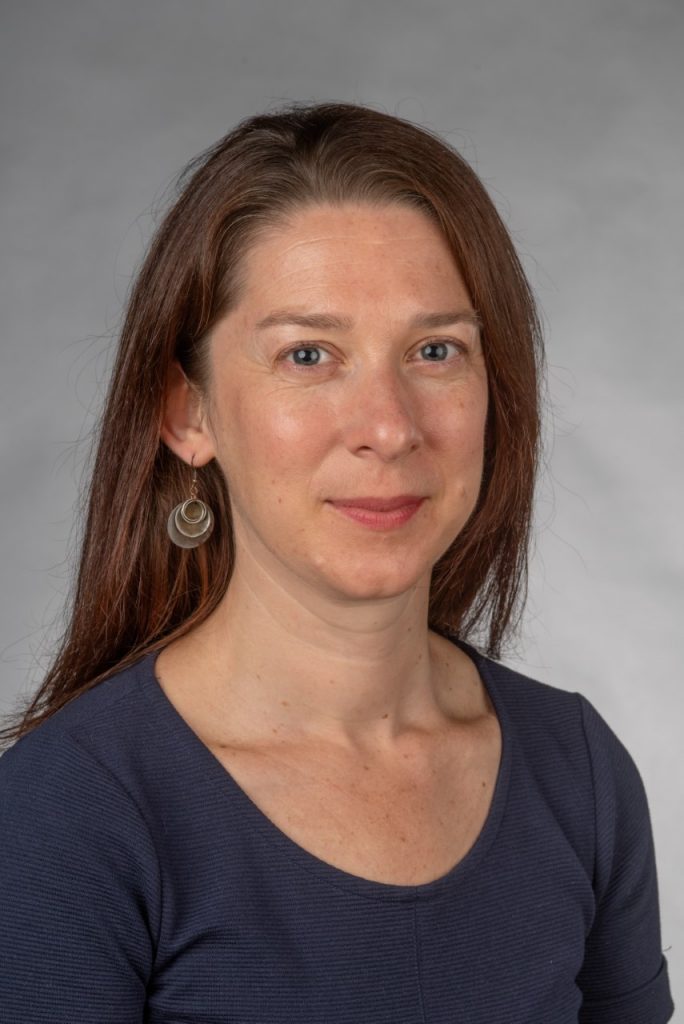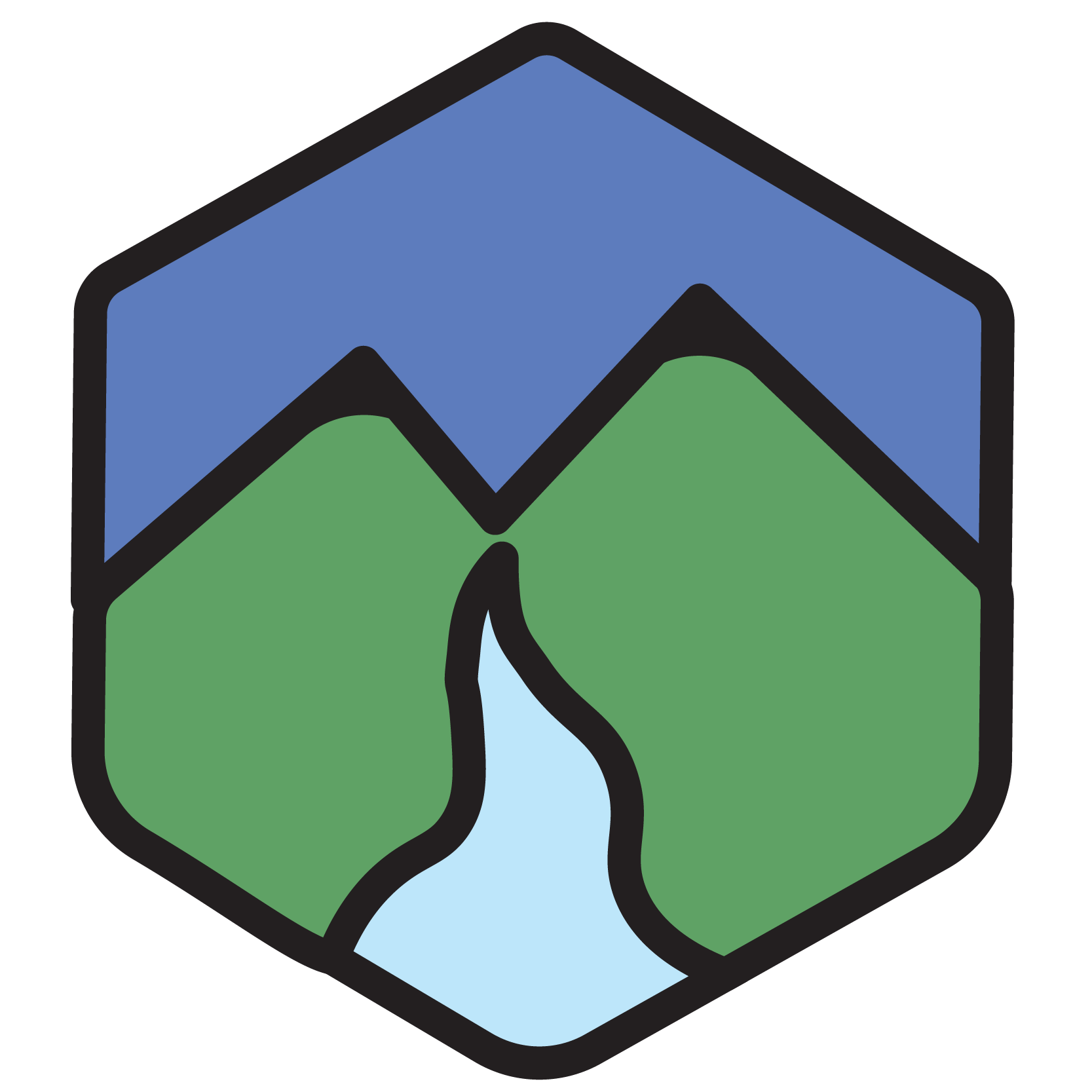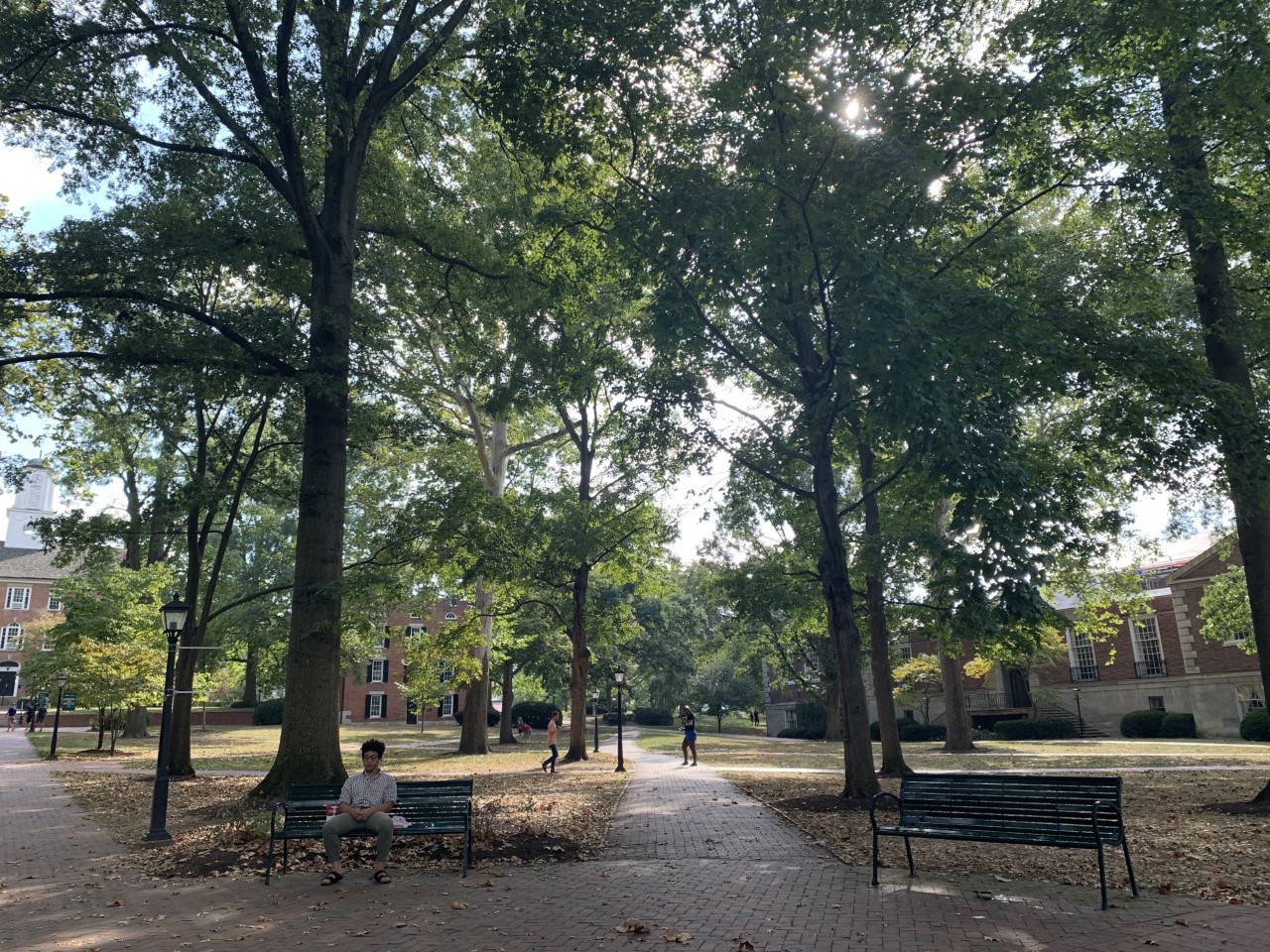On the southeastern edge of Ohio’s perimeter, nestled in Meigs County there is a patch of land that generations of people have loved and lived off of. As they came and went, traces of their roots were left as physical memories of their time there. In one corner of the property stands the foundation of a log cabin that has been lost to time.
“All of the daffodils that they planted are still around the foundation,” said Mary Nally, the director of the Center for Campus and Community Engagement at Ohio University. She was raised on this slice of land.
She smiled.
“We call it Little Holland. We had picnics (there) every spring. That space is extraordinarily precious to me.”
Nally’s job now is to bridge the gap between the Southeastern Ohio community and Ohio University with the mutual love of the region. Although this native has made a career out of her love for the Southeastern Ohio, Nally’s perception of Appalachia wasn’t always as sunshiny as the yellow flowers that speckled Little Holland.

Until the age of 11, Nally was homeschooled on her family’s subsistence farm, where she sat at the kitchen table for “class,” and applied her newfound knowledge to daily life on the farm: a lesson on the reproductive system during the sheep’s mating time, and a lesson on vertebrates when Nally had a fascination with digging critters out of a nearby creek. But the sentimentality of her home wasn’t enough to brighten her perception of the community when she began public school.
“To be quite frank: racism, sexism, and homophobia were rampant in the school,” Nally said, “not just among my peers, but among the teachers as well.”
Nally was faced with a rhetoric of the region that she hadn’t encountered before. There was a sense that the region itself was impoverished and helpless, and therefore all of its residents were doomed to be, too. She recalled when a teacher told her that no matter how hard she worked or what she aspired to, she was bound to work in a grocery store or pump gas for the rest of her life.
These perceptions did not sit easy with her. At 22 years old, with a degree in social work from Ohio University, Nally flocked to the Pacific Northwest to work in a number of social service positions: from homeless shelters, to subsidized housing, to teaching DUI and drug diversion classes to ex-Marines.
As the first urban environment Nally had lived in, the Pacific Northwest offered a different culture than the one she was raised in. She went to parties and met people who couldn’t point to Ohio on a map. She got a laugh out of telling these people about her country girl past.
“I would enjoy shocking people by telling them the story of how I became a triple-purple-ribbon winner at the Meigs County Fair because I took chickens one year and I won best showman, best of breed, and best in show all in one fell swoop,” Nally said with a laugh, holding her hands out like she was displaying a chicken.
But, the longer Nally lived there, she noticed her Appalachian characteristics diminishing.
“I feel like I kind of minimized those parts of myself,” she said, “because they seemed old fashioned. I don’t think I really valued them at the time.”
After 10 years of bouncing between California, Oregon, and Washington, Nally made her way back to the rolling hills of Athens, Ohio.
With some convincing from her mother, Nally returned to Ohio University “kicking and screaming” to pursue a Master of Science in Environmental Studies, with an interest in ecological citizenships and community engagement.
In her final quarter of grad school, itching to earn her degree and fly back west, Nally found herself in a course taught by Professor Emeritus Ted Bernard, who put his students through an unorthodox activity that would shift her view of Appalachia forever.
Barnard wanted to challenge his students on their sense of place. He took them to the Ridges to ask them things like: Which way is North? Can you identify three native plants? Nally thought that as a born-and-raised Appalachian, this activity would be easy. But, the outcome surprised her.
“I was really stumped. I felt embarrassed of myself, especially knowing how many innumerable hours I had spent in the woods as a child, and I didn’t actually know very much about this, the specifics of the world around me in my favorite place.”
Mary Nally, director of the Center for Campus and Community Engagement at Ohio University
In her frustration, Nally opened up to the class about her negative perceptions of the region. Bernard encouraged her to reflect: what perceptions did she have that were true? What were false? What was true that she wasn’t seeing? Nally took these questions to heart.
“(The exercise) felt threatening because it was threatening this perception that I’ve been carrying with me my entire life up to that point. Dr. Bernard and his kindness and wisdom and determination prodded me on that and challenged me.”
Many of her perceptions were based on the legacy of financial and environmental damage done by generations of coal mining. She realized that no one would come in and save the region: it was up to the community to work together to change what they wanted to be improved.
“Real change happens at the pace of relationships,” Nally said, “to really move something forward, it needs to have the people that are on the ground who are going to be living through that change in their communities. Those are the people that deserve to be given the reins to drive those changes.”
It took years of work, reflection, and thoughtful journaling for her to develop the positive sense of place she has now. During her quarter with Bernard, she applied for an AmeriCorps position with the Athens City County Health Department where she served for the following two years. She then worked teaching classes and writing grants as the Executive Director of Community Food Initiatives for six and a half years.
“I was putting into practice this redefined sense of place,” Nally said.
While attending an event about community engagement at the Athena Cinema in Uptown Athens, Nally heard about a position opening at the university: the director of the Center for Campus and Community Engagement. She had attended events put on by the center since its inception in 2013, and their impact impressed her.
“I saw that there was this opportunity to expand the scope of the Center for Campus and Community Engagement to truly be able to make mutually beneficial transformational change for the region and for the University at the same time,” Nally said, “so I threw my hat in to see what happened.”
On August 8, 2018, Nally began her position as director. Since then, she has worked to create an environment where community members and Bobcats can “engage with one another through curricular development (and) collaborative research.”
Nally’s goal is to show the beauty and assets of the region to all students, faculty, and staff of the University in their time here.
“And that goes for university folks that are coming from elsewhere, but also people like me, that grew up in this area, who maybe are also still carrying around some of those cultural constructs and negatives thoughts not just about the region, but how that might also be inside themselves,” Nally said, “And I want to help them turn that story around.”

